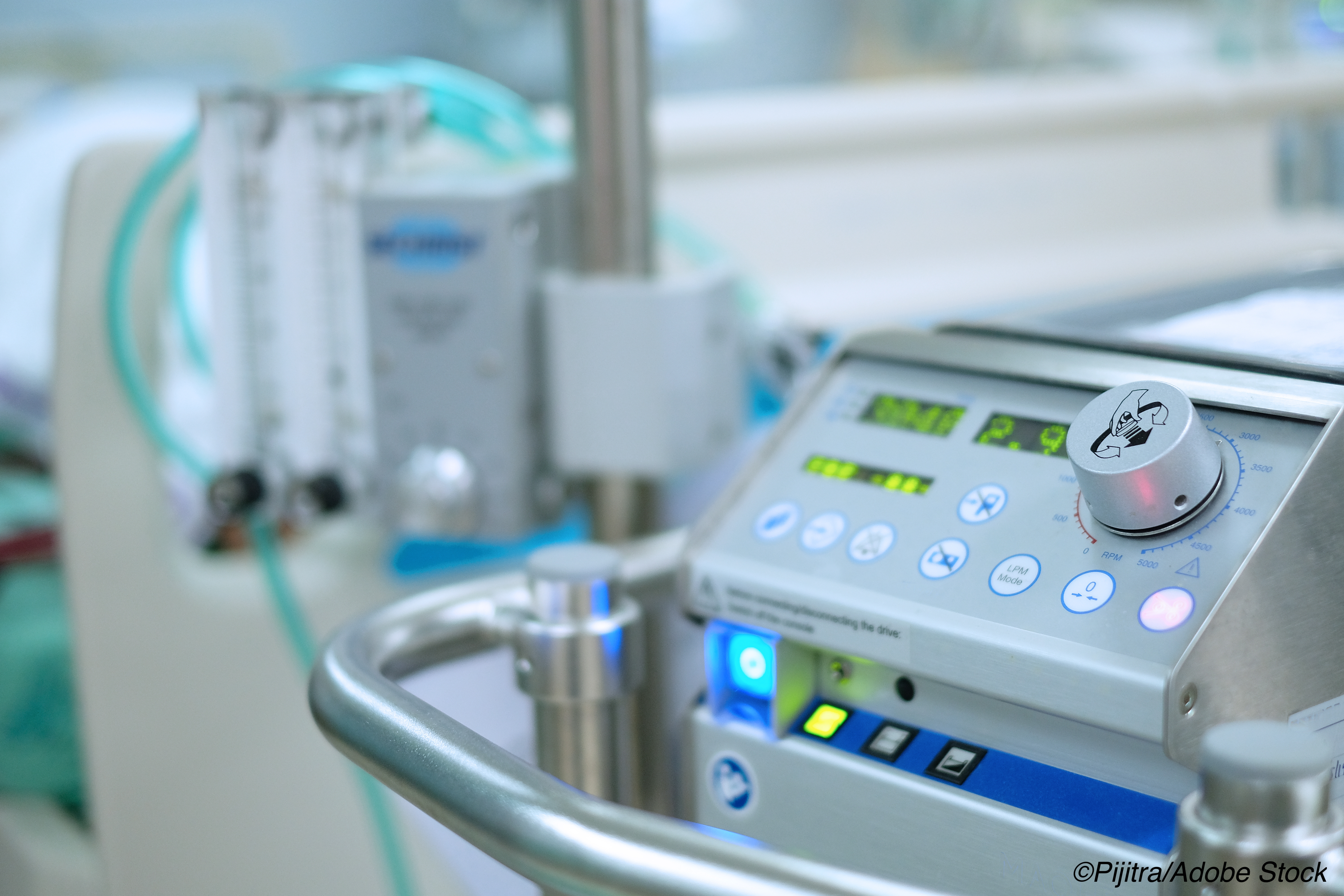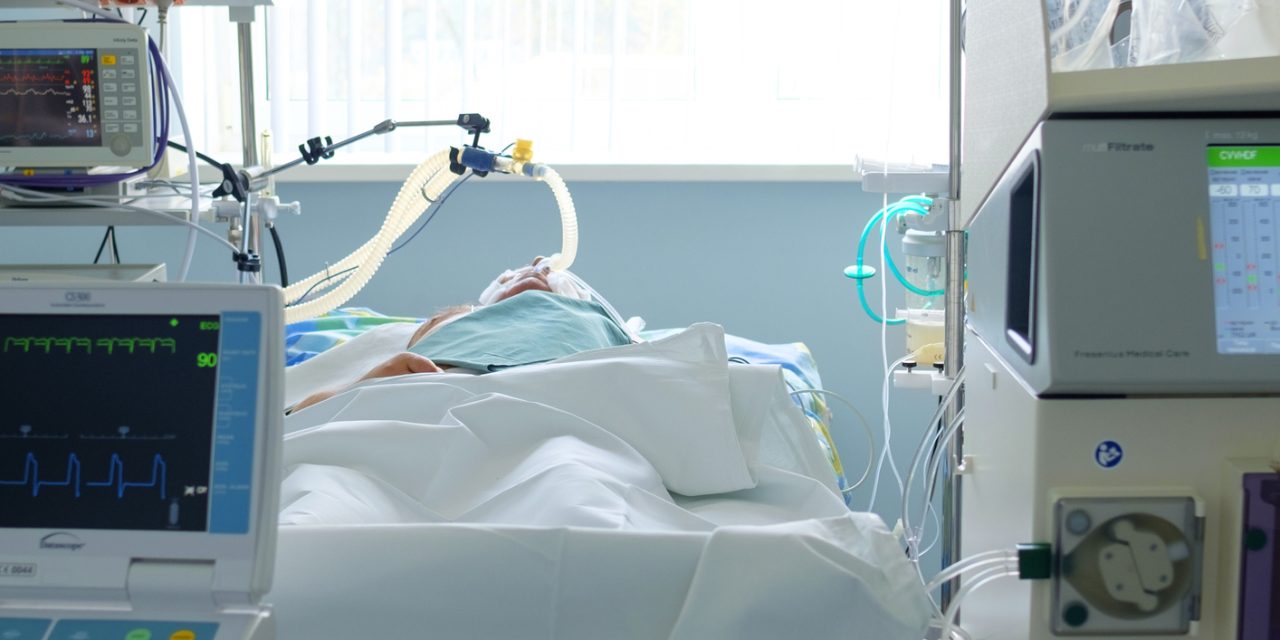 Media coverage of extracorporeal membrane oxygenation (ECMO) — a temporary replacement for cardiopulmonary function in critically ill patients — may create unrealistically favorable patient perceptions of the therapy, a cross-sectional study found.
Media coverage of extracorporeal membrane oxygenation (ECMO) — a temporary replacement for cardiopulmonary function in critically ill patients — may create unrealistically favorable patient perceptions of the therapy, a cross-sectional study found.
Survival in stories about patients receiving ECMO was 92.2% at the time of publication, “far higher than published rates in large cohorts and randomized trials,” reported Shannon Fernando, MD, MSc, of University of Ottawa, and co-authors, in JAMA Internal Medicine.
Less than half (41.2%) of news reports mentioned functional outcomes, and of those that did, 88% suggested there was no disability or full function after ECMO.
“Together, this has the potential to mislead patients and families by not describing the substantial mortality and disability after ECMO,” Fernando and colleagues wrote. “Recognition of this phenomenon of exaggerated benefit based on media reports may help clinicians frame realistic discussions with patients and families with respect to prognosis after ECMO.”
The analysis included 605 news articles published between Jan. 1960 and April 2020, excluding peer-reviewed journal articles and stories published only on social networking sites.
“Selective news and case reports paint an inaccurately favorable picture of the intervention — one that is discordant with the average clinical outcomes experienced by the full population of patients receiving ECMO,” noted Jessica Holtzman, MD, of University of California San Francisco, and Sanket Dhruva, MD, MHS, of San Francisco Veterans Affairs Medical Center, in an accompanying editorial.
“In-hospital mortality rates for adults treated with ECMO are high, ranging from 33% to 92%,” they continued. “Post-discharge mortality rates are even higher. Patients receiving ECMO support are also at risk for bleeding, infectious, thromboembolic, and neurological complications. Those who survive to hospital discharge sometimes face significant short- and long-term disability.”
“During the last decade, the range of clinical indications for ECMO has increased despite limited randomized controlled trial data; rigorous testing of the safety and effectiveness of ECMO for these indications is needed,” they said. “These findings underscore the need for more balanced news stories about medical therapies.”
A review of novel medication coverage between 2006 and 2013, for example, found the majority of 1,889 print, online, and broadcast news items were unsatisfactory on criteria including cost, benefit, harm, evidence quality, and comparison of existing alternatives. Exaggerated benefit for novel treatments emerged “through omission of the limitations of observational trials and heavy reliance on patient anecdotes” in that review, the editorialists noted.
Two randomized clinical trials comparing venovenous ECMO with conventional mechanical ventilation — one in 2009, the other in 2018 — have suggested clinical benefit in patients who meet specific criteria.
In their study, Fernando and colleagues conducted a systematic search on Bloomberg and Google to identify news articles related to ECMO. They included one story from 1960-2005, 12 from 2006-2010, 148 from 2011-2015, and 444 from 2016-2020 in their analysis.
The overall population reported on in the included articles was 58.2% male with mean age of 29.7 and included 401 adults (mean age 38.1), 140 pediatric patients (mean age 9.8) and 64 neonates. Indications for ECMO included respiratory failure in 304, cardiac failure in 270, and uncertain indications in 29 patients.
The editorialists observed that inaccurate perceptions from news accounts of relatively successful ECMO cases can cause harm to critically ill patients and family members by masking risks, costs, and uncertainty; increasing the difficulty of accurate and effective communication with physicians; making family distress more likely over questions of transfer to an ECMO-capable facility or unanticipated poor outcomes; and reducing participation in needed research on ECMO.
Media and physician collaboration may help provide accurate, balanced views, Holtzman and Dhruva suggested. For example, published anecdotes could provide counterbalance that conveys expected outcomes for most patients: “There is a need for both greater investment in organizations that assess news articles based on their scientific rigor and articles from trusted, nonpartisan organizations that underscore the strengths and limitations of technologies, including ECMO,” they wrote.
In addition, improved awareness of unrealistic media portrayals may lead physicians to respond appropriately as individual clinicians and collectively. Physicians without conflicts of interest should present nuanced evidence to the public through print-based opinion pieces, television news shows, peer-reviewed academic journals with patient-directed content, and social media, they noted.
“With medicine squared centrally in the public eye, now more than ever we must encourage the media to accurately portray medical therapies,” Holtzman and Dhruva said. “Public trust depends on it.”
Limitations of the analysis include the use of English-language sources only. The study did not explore patient perceptions of ECMO, whether media accounts were seen by patients or family members, or how people were affected by media representations.
-
Media coverage of extracorporeal membrane oxygenation (ECMO) — a temporary replacement for cardiopulmonary function in critically ill patients — may create unrealistically favorable patient perceptions of the therapy, a cross-sectional study found.
-
Survival in stories about patients receiving ECMO was 92.2% at the time of publication, much higher than published rates in large cohorts and randomized trials.
Paul Smyth, MD, Contributing Writer, BreakingMED™
Fernando had no disclosures.
Holtzman had no disclosures. Dhruva reported receiving of travel reimbursement from the FDA Center for Drug Research and Evaluation/Office of Medical Policy and NESTcc) and research support from the National Heart, Lung, and Blood Institute, the Greenwall Foundation, and NESTcc.
Cat ID: 570
Topic ID: 569,570,501,728,791,570,730,192,925


